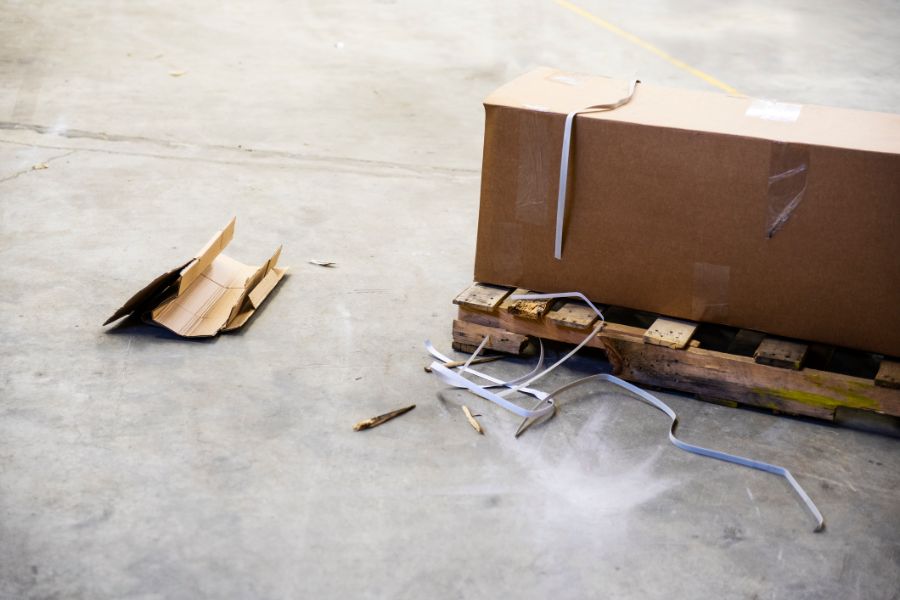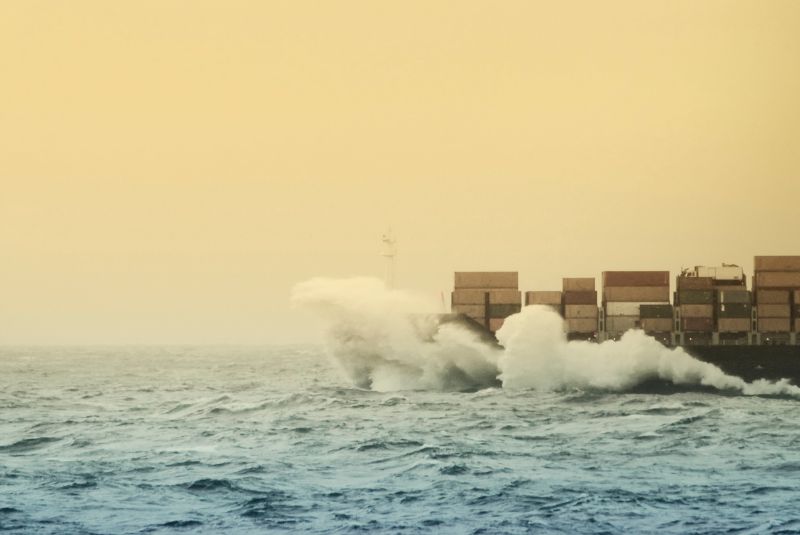Preventing Common Types of Shipping Damage
 Each year, the international maritime industry loses some $6 billion because of damage to cargo, ships, personnel, and incorrectly packed or documented cargo, according to estimates by the TT Club, a global insurance and risk-mitigation firm. In the intermodal industry, two-thirds of damage claims are caused by poor packing, such as improperly securing or distributing the load.
Each year, the international maritime industry loses some $6 billion because of damage to cargo, ships, personnel, and incorrectly packed or documented cargo, according to estimates by the TT Club, a global insurance and risk-mitigation firm. In the intermodal industry, two-thirds of damage claims are caused by poor packing, such as improperly securing or distributing the load.
Common types of cargo damage include crushed, punctured, torn, or wet boxboard cartons; crushed pallets; and dented, chipped, or rusted heavy-duty goods, such as transformers or automobiles. Visible damage is relatively evident, and consumers know to check the items carefully.
What’s more insidious and ultimately more expensive is hidden damage. Consider electronics that are dropped during shipping. Their packaging may be intact, but the impact could damage solder joints on circuit boards or fracture ceramic components. Those components may not fail until after months of use. When products fail early, companies pay for warranty repairs that in reality were caused by shipping incidents. That’s true for large industrial items, too. For example, impacts may misalign components or break seals of a motor and cause fluids to seep into other compartments, ultimately damaging the product.
Without monitoring, temperature fluctuations are virtually impossible to spot. Consider food delivery trucks. If refrigeration is inconsistent, food may be transported at unsafe temperatures even though it arrives at the proper temperature. This is as relevant for seafood caught in Vietnam and flown to the U.S. as it is for fresh-from-the-deli or restaurant deliveries that go directly to customers.
Although some degree of cargo damage is expected, it can be minimized by gaining deep insights into the supply chain that help you take precautions specific to your products, carriers, transportation modalities, lanes, and routes.
To improve cargo safety, the shipping industry advocates the widespread adoption of the Code of Practice for Packing of Cargo Transport Units (CTU Code), issued in 2014. Many shippers remain unaware of the best practices outlined in the code. Leading provisions involve proper packing and positioning to minimize cargo movement.
Strapping cargo onto a pallet or placing it inside a container doesn’t mean it’s protected. Cargo shipped from the tropics to northern latitudes can easily experience “rainstorms” inside their containers from the buildup of humidity. To prevent this issue, carriers should record the temperature of the cargo during loading as well as the dew point for the ambient air and for the cargo hold along with other temperature data. With that data, they can determine whether cargo ventilation is needed. With evidence—such as information provided by temperature monitors—they can prove diligence while the cargo is in their care.

Once at sea, ships pitch and roll. Improperly secured cargo can shift and thus abrade adjacent packaging, fall onto other goods, and incur or cause damage during an impact. Intermodal, trucking, and air cargo is susceptible to those hazards too, with the added risk of vibration that can damage certain products.
One of the first steps of minimizing such damage is to test the packaging. Many shippers rely on laboratory testing to identify problems, but real-world tests are invaluable. In the real world, cargo is subjected to multiple hazards simultaneously. For example, cargo that is exposed to vibration, impacts, and temperature fluctuations at the same time may respond differently than when the events occur separately or sequentially.
Impact monitors can provide a baseline for real world cargo experiences as well as immediate data for individual items. Such technology can track the direction and velocity of impacts, humidity, temperature, tilt, and, with GPS, the exact locations of incidents that could cause damage.
When damage occurs, you’ll naturally file a claim or as a last resort a lawsuit. In either event, the party with the best documentation generally wins.
Historically, claims have been a lengthy process with minimal evidence of who, exactly, is to blame. Because cargo is handled by multiple carriers with numerous touchpoints, ascribing responsibility has been extremely difficult.
Cargo data monitors have changed that. With real-time reporting, you can know exactly when incidents occurred that may have caused damage. GPS monitors can narrow the events to specific locations or times. RFID tags narrow down impact events to periods before handoffs. Such data provides indisputable evidence you can use to support a cargo damage claim. Assigning accountability speeds the claims process and provides the data needed if disputes arise.
Shipping damage is still an inevitable part of the global logistics supply chain, but it can be vastly reduced when proper packaging, testing, and technology are used.
To learn how you can minimize shipping damage, contact https://spotsee.io/products







